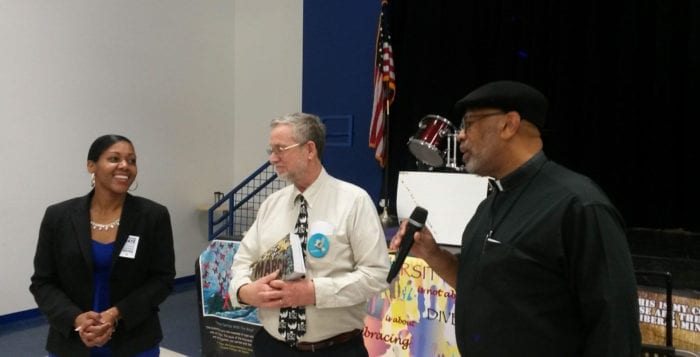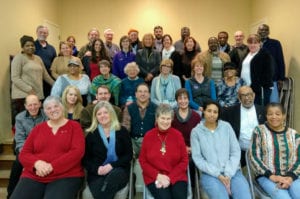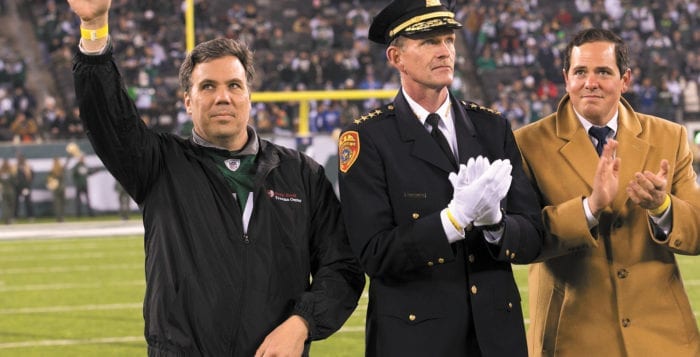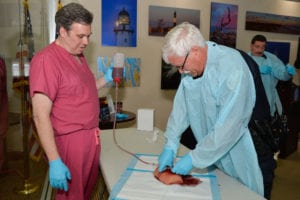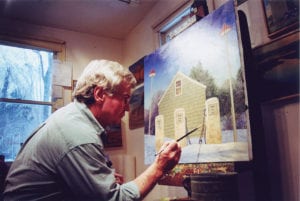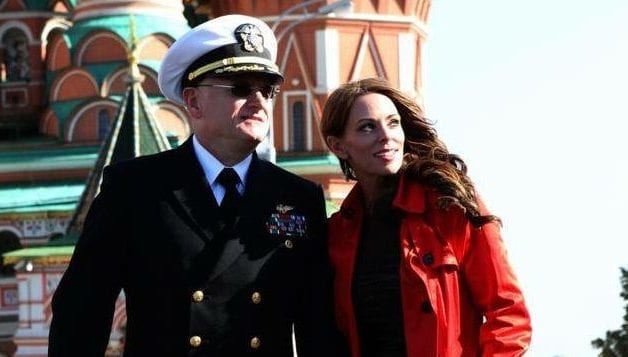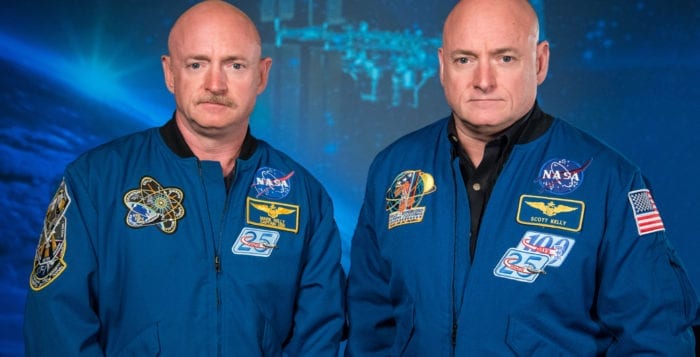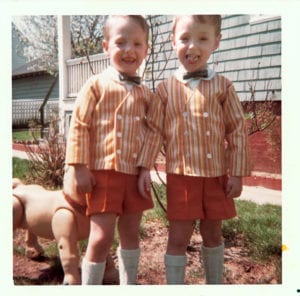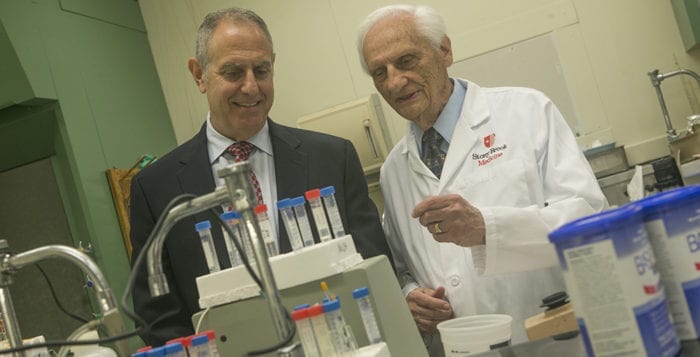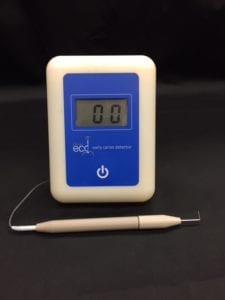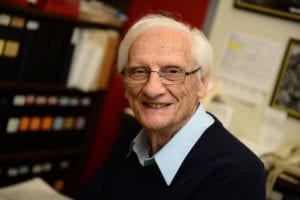My family and I waited in the airport immigration line, eager to get back to our house, unload our suitcases and throw in the first of numerous loads of laundry.
We hoped our poor washing machine, which got a much-needed break, was up to the task.
When we reached the front of the line, a young man with a broad smile and a far-off look in his eyes greeted us.
“Hi,” we both said, trying to follow his gaze. “Happy New Year.”
“Yeah, you, too,” he said, sizing us up briefly before offering a goofy grin to people heading down the escalator.
“You know who Stephen Colbert is?” he asked, realizing that we were staring at him.
My wife and I responded quickly in the affirmative, worried that this was a new kind of national identity test.
“He’s up there,” the young man said, pointing to the escalator. “If you hurry, you can catch him.”
We took back our passports and immediately kicked into a higher gear.
We got to the bottom of the escalator and scanned the room. Wait! Could it be? Yes! The man, who is beamed into our bedroom on an occasional evening when we’re not watching sports, was standing in front of us under a baseball cap, waiting, as we were, for his luggage so he could move on with his famous life.
What is it about celebrities that makes us stop in our tracks, that raises our pulse, that makes us want to take out our cameras, pens and paper, and rush over to them? Do we want to share the spotlight? Do celebrities define an era, the way winning sports teams do?
Most unscripted celebrities seem considerably less interesting or compelling than they do when they’re battling against evil empires, winning our hearts with their humble charm or learning to overcome their limitations.
It’s what makes those award shows so fascinating, compelling and terrifying. What if one of these actors who has impressed us with his gravitas suddenly freezes in the camera or, worse, says something we find objectionable? What if they aren’t as wonderful as the characters they play?
We watched Colbert as he dove deep into his electronic device, head down, hat pulled low. He rarely looked up because he probably didn’t want anyone to “make” him, the way police officers make a suspect.
As Colbert exited, my phone rang. I spoke to the person who was picking us up, hung up and snapped a picture of the talk show host, who looked displeased that my phone was tracking him.
I suppose being a celebrity has its advantages and disadvantages. People might otherwise extend themselves for you, hoping to share in the spotlight or become friends. The downside? People want to capture their live moment with you, when you are eager to glide past the unwashed masses.
Long ago, I remember reading an anecdote about Robert Oppenheimer. After people learned of his role as the creator of the atomic bomb and leader of the Manhattan Project, Oppenheimer was asked his opinion on a range of subjects. People attached greater weight to his opinions, even in areas for which he had limited information. The man who helped split the atom limited his responses to future questions, preferring to remain anonymous in areas outside his expertise.
Today, with cameras everywhere and people eager to learn about the view of the world from on high, being quiet or ducking under a hat must be increasingly challenging. Yes, I know people like Colbert make incredible amounts of money, but I also appreciate how difficult it must be to stay incognito while rushing home with several loads of laundry.

